|

With release of new water quality criteria, Riverkeeper & Save the Sound challenge NYS to stop sewage overflows
Responding to new water quality criteria announced this week by the state Department of Environmental Conservation for the waters surrounding New York City and up to the Bear Mountain Bridge, Riverkeeper and our allies Save the Sound are calling on New York State to seize a historic opportunity to stop sewage overflows that too often inhibit millions of New Yorkers from safely enjoying the water where they live.
“New York State needs to step up to the historic opportunity and legal imperative to set water quality standards that finally – more than 50 years after the passage of the Clean Water Act – set the goal of safe swimming for the Hudson River and other waters around New York City,” said Riverkeeper’s Senior Director of Advocacy, Policy and Planning, Dan Shapley. “The status quo – where 21 billion gallons per year of raw sewage mixed with polluted stormwater flow into NYC waters annually – is unacceptable. Everyone deserves safe access to clean water.”
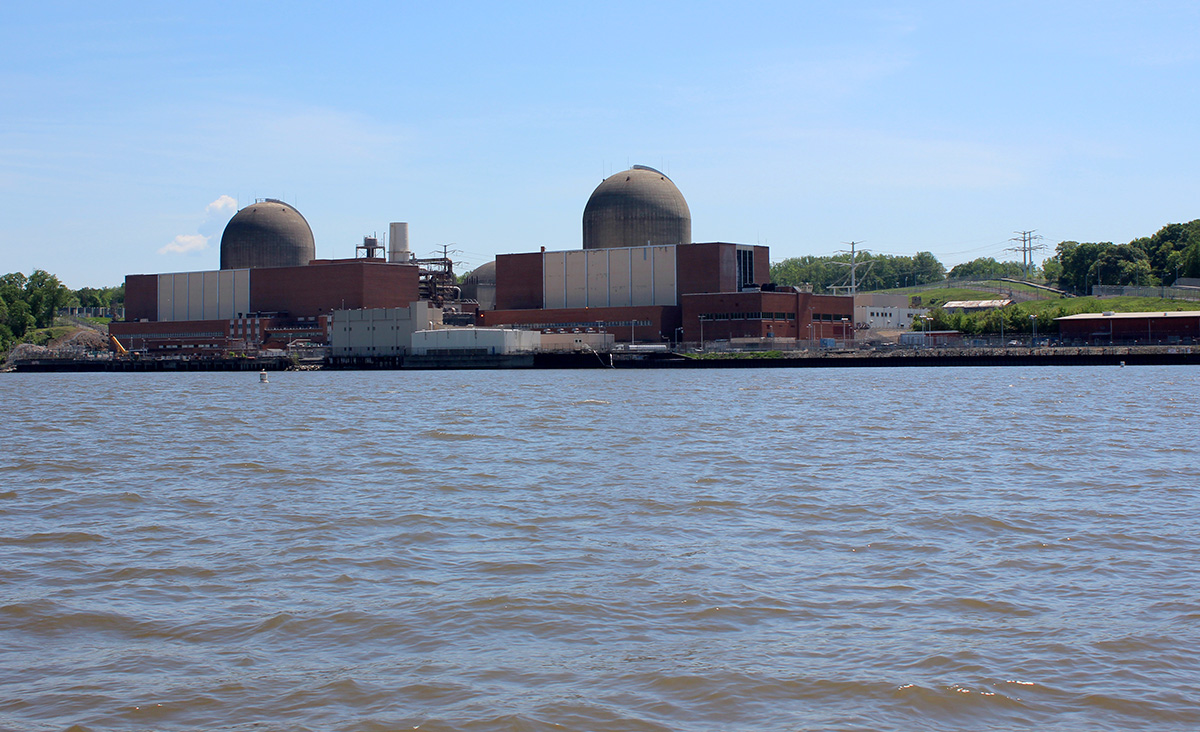
A new safety milestone reached at Indian Point, next steps
As of October 16, all spent fuel at Indian Point nuclear power plant has been moved to dry cask storage, which means the risk of a catastrophic nuclear accident is now greatly reduced. Since we’re depending on the casks to keep us safe, Riverkeeper’s goal is to increase monitoring under the “aging management protocol” which currently only looks at the single most vulnerable cask – which is impossible to identify – every five years.
At the first Decommissioning Oversight Board meeting since Gov. Hochul signed the Save the Hudson bill – which prohibits discharges of any radiological substance into the Hudson River in connection with the decommissioning of a nuclear power plant – Holtec confirmed that it was considering alternative disposal methods for remaining radioactive wastewater at Indian Point, and there are no plans for discharges at this time.
At the same time, leaks of untreated wastewater containing radioactive elements from Indian Point storage tanks continue to leach through the soil and groundwater underneath the plant, piloting their way into the Hudson. No plans have been announced by Holtec on how best to contain the damage already incurred. Riverkeeper is advocating that New York State exercise its authority to prioritize the “remedial investigation” – an in-depth study of the site that is the first step of developing a remediation plan – to move forward with a timely cleanup of the groundwater and prevent further contamination of the Hudson.
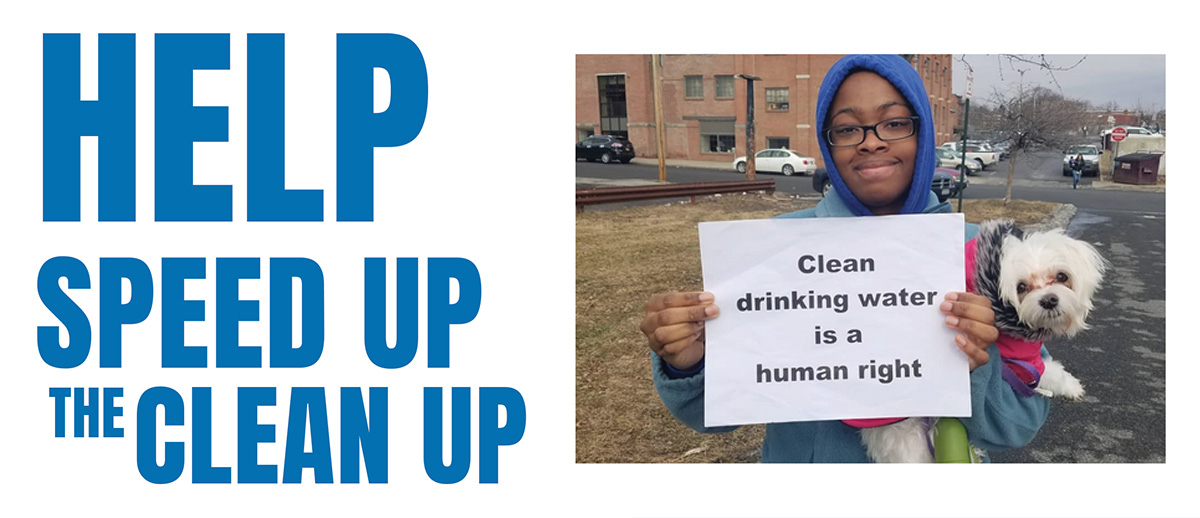
Wednesday: Get informed about Stewart Air National Guard Base cleanup in Newburgh
PFAS chemicals have contaminated water sources in the City of Newburgh and Town of New Windsor, as well as streams and fish in the area. They are known as “forever chemicals” because they don’t break down in the environment. On Wednesday, October 25, from 5:00pm to 7:00pm, the Stewart Air National Guard Base, in coordination with community members of the Stewart Restoration Advisory Board, will hold a public open house to discuss its investigation of PFAS contamination and other environmental cleanup activities at the base. Riverkeeper and community members of the advisory board are calling for the Air National Guard to “Speed Up the Cleanup.”
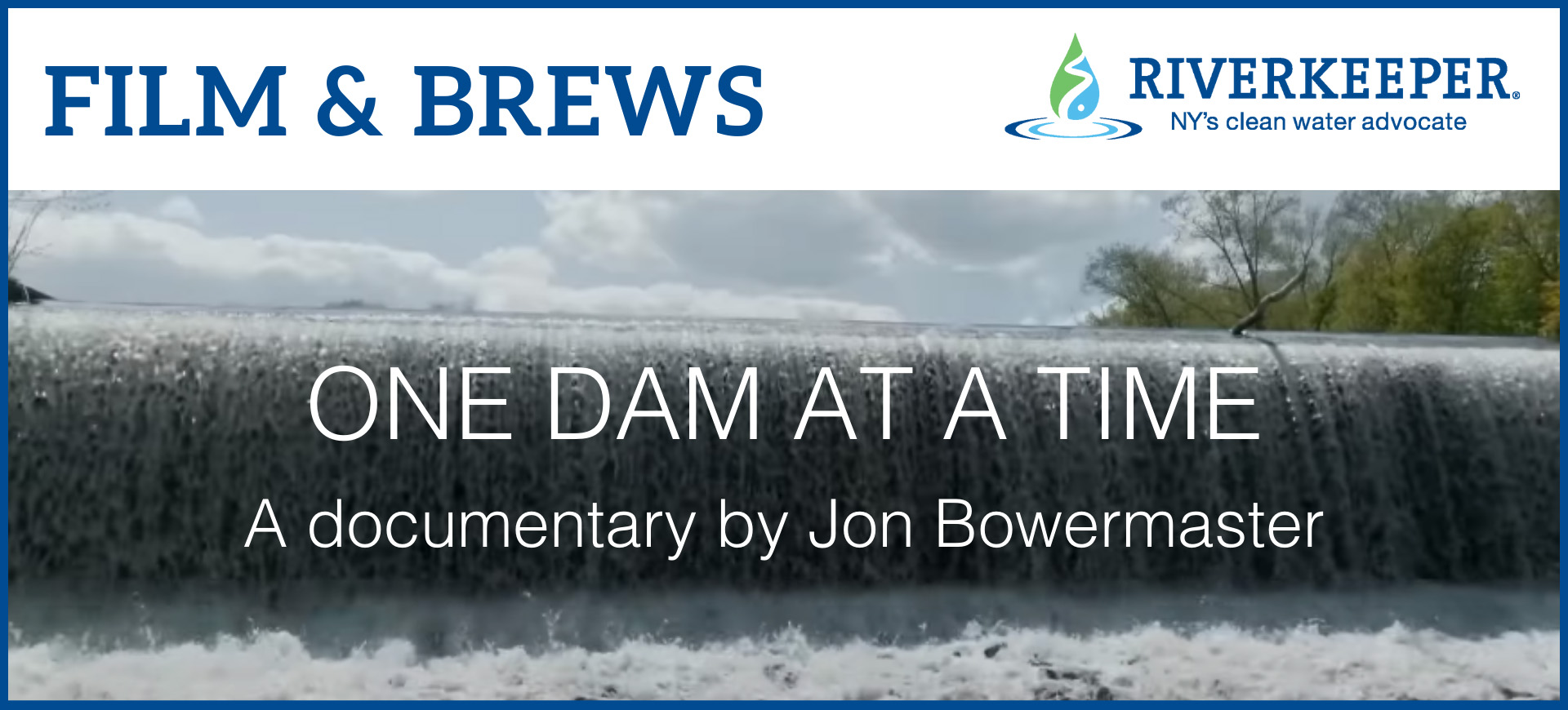
Film & Brews in Kingston and Newburgh: One Dam at a Time
Come meet our Habitat Restoration team and enjoy a screening of the beautiful documentary film “One Dam at a Time,” featuring Riverkeeper’s efforts to remove dams and restore free-flowing creeks and streams in the Hudson Valley. The 22-minute film by National Geographic “Ocean Hero” Jon Bowermaster takes you to the creeks and streams where our removal of obsolete dams is reopening vital spawning grounds, reviving the web of life, and allowing the ecosystem to heal and flourish. Stay for a Q&A with Riverkeeper’s Habitat Restoration team. Plus, beer! 🍺
- Kingston, October 26: Film & Brews, 6:30 - 7:30pm at Kingston Standard Brewing Co., 22 Jansen Avenue, Kingston, NY 12401
- Newburgh, November 8: Film & Brews, 6:00 - 7:00pm, Newburgh Brewing Company, 88 South Colden Street Newburgh, NY 12550
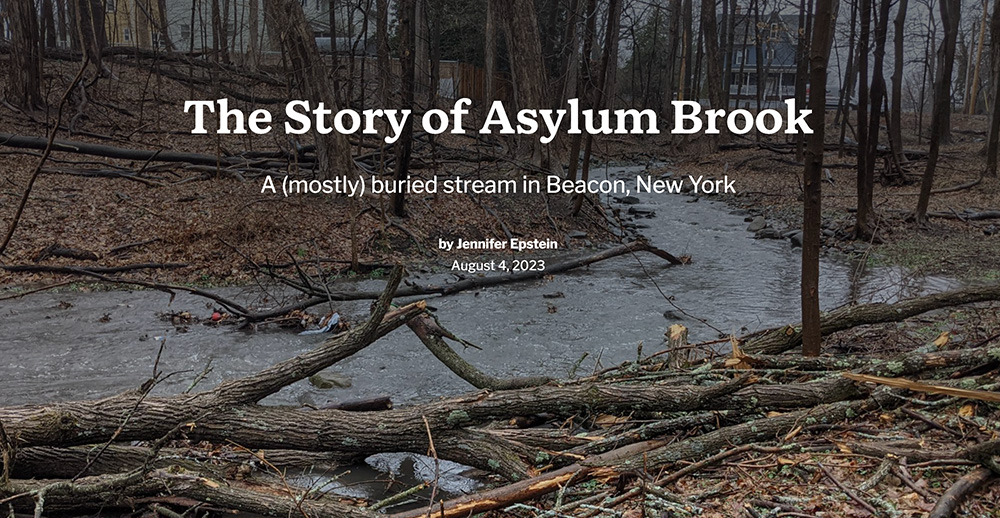
In Beacon, unearthing the story of a buried brook
Asylum Brook in Beacon is one of countless streams and brooks that were buried long ago and channeled into pipes that run beneath cities and towns. Nine years ago, Jennifer Epstein, a freshwater ecologist who worked at Riverkeeper at the time, took notice of a monument marking the brook below, and began a labor of love investigating its history and contemplating its future. With increased development and growing flood risks, these buried brooks are changing. “They’re dynamic,” Epstein told Highlands Current. “We’ve tried to make them static, and it’s not working anymore.”
Some buried streams are being opened back up, or “daylighted,” as a means of restoring ecosystems and easing flood risks. The Saw Mill River in Yonkers is one example, and Tibbetts Brook in the Bronx is another potential opportunity. Read more in Highlands Current, and visit this page to trace the captivating Story of Asylum Brook in photos, maps and historical documents.
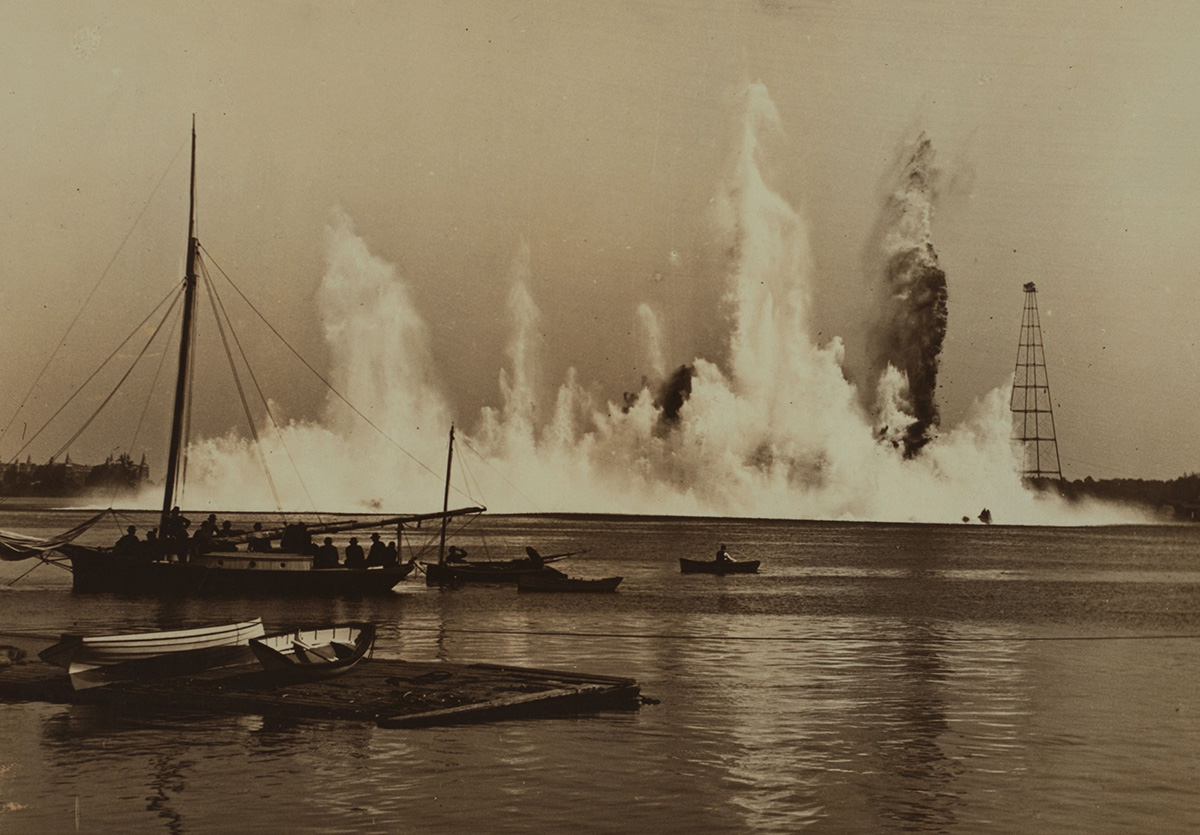
Photo: Hell Gate Channel - New York Public Library
Atlas Obscura: The treacherous currents and history of NYC’s ‘Hell Gate’
The channel known as Hell Gate, where the East River and Harlem River converge, is “the final resting place of literally hundreds of ships,” writes Atlas Obscura. Huge rocks have been removed to facilitate navigation, but the churning waters are still fierce. “Even on a calm day the current is boiling,” says John Lipscomb, Riverkeeper’s Patrol Boat Captain and Vice President of Advocacy. “It’s a boisterous place. There are whirlpools and the wind against the tide causes interesting, short, aggressive waves. You pay attention when you’re in Hell Gate.” Lipscomb navigates these waters as part of his Hudson River patrols, which extend from New York Harbor north to the Mohawk and Upper Hudson. The patrols provide a deterrent to polluters, a platform for research, and a means of educating the public.
Read more about Hell Gate and what might be hidden below the surface.
|







